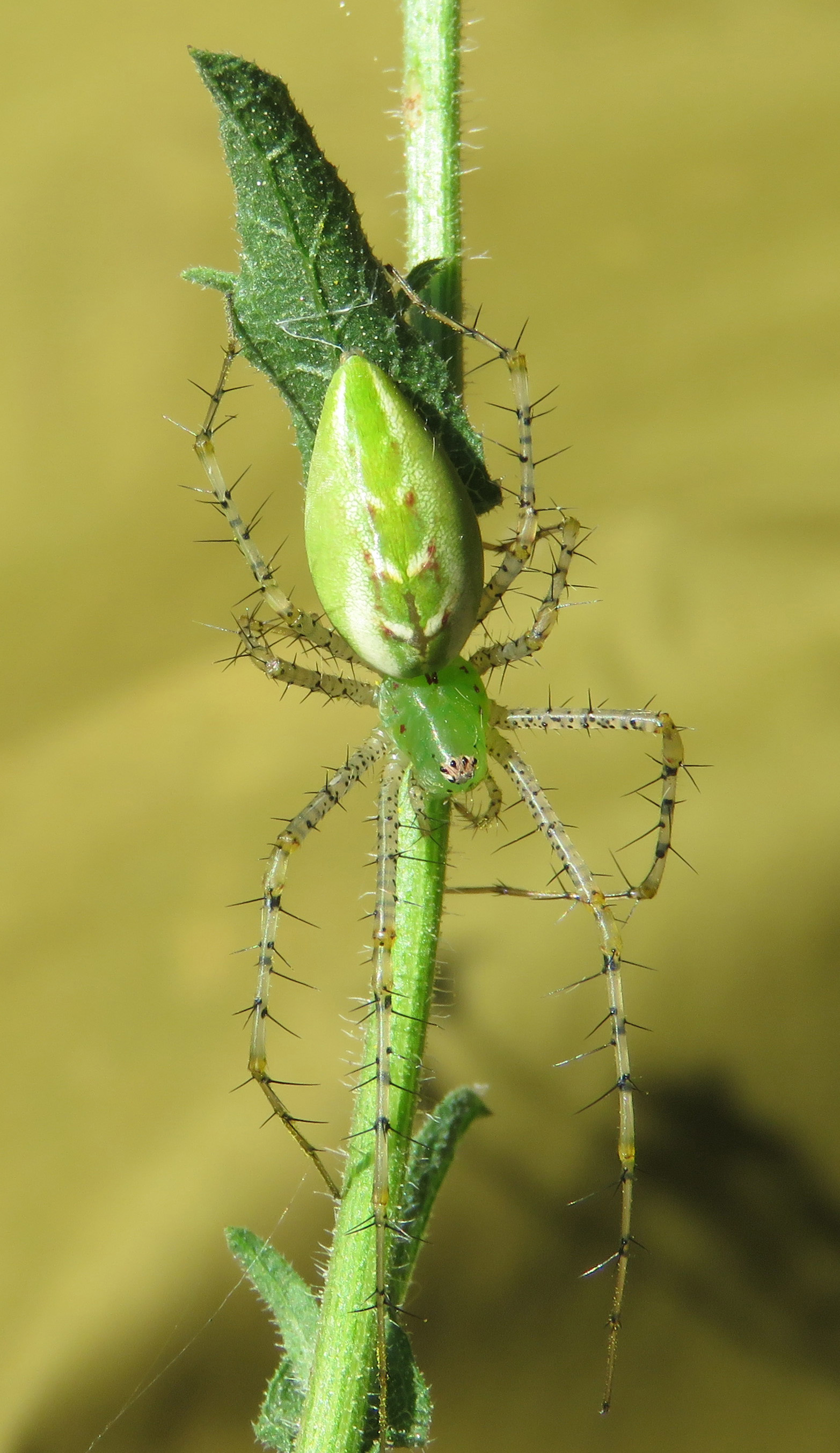Coverlet Mysteries
I don’t see as many woven coverlets for sale as I do quilts, but this is one I picked up back in the 90s. I’ve always thought of it as a small blanket, because it folds up compactly, but it’s actually pretty big – 97″ by 87″ ( 221 cm by 247 cm).
It was woven in three panels – I’ll call them A, B, and C. There are threading errors in the exact same place on all three panels, which indicates that they were woven on the same warp.
So you would think that this wide coverlet was woven in one extremely long, thin panel. But they’re not all the same color – Panel A and B are a dark tan, and Panel C is much lighter, as if a new warp was wound on for it.

Look how perfectly these panels line up! But their warp and tabby threads are different colors. (Shown from the back to make the difference more obvious.)
I don’t know about you, but even if I am too lazy to fix threading errors when I notice them, I at least fix them between warps! So that makes me think that maybe someone just tied the new warp on to the old one, and didn’t actually re-thread. That would be really tricky with this warp, because it is cotton singles.
Panels B and C are woven just about perfectly – they line up perfectly where the panels are sewn together.
Panel A, on the other hand, has a lot of issues! The treadling is off on several repeats, and there is no way to make the patterns line up with the neighboring panel.

On the left, two blue stripes vertically between the squares – on the right, three stripes. There is no way to shift these patterns to have them match up.
I think Panel A had to have been woven by a different person, one who was not as concerned about his/her weaving. I would love to know the story – was Weaver A an apprentice? A young child who was learning how to weave? Or someone who really wanted to be doing something other than weaving?
Panel A is extremely worn, with mends and tears, but the other two panels are in great shape. Panel C is almost pristine. So were all these panels always together in one big blanket? Have they been recombined from other blankets? Was Panel C stored away, and added later?
One time I took the coverlet to a workshop on colonial textiles led by Norman Kennedy, a well-known weaving teacher and former weaver for Colonial Jamestown. His assessment was that the warp and tabby weft were hand-spun brown cotton! and the pattern weft was a hand-spun wool singles, and that it had never been washed!
So let’s finish up with some close-ups of this wonderful handiwork. I count 40 ends per inch for a 30 inch wide warp – that’s 1200 ends, times at least 10 yards for the warp – then double that to account for the weft. So you have about 24,000 yards of handspun brown cotton, and about 12,000 yards of handspun, indigo-dyed wool, for one blanket. One blanket.
I am always amazed and humbled by the extra work people went through to add beauty to a functional object.




















Wow. I’m in awe of your observational skills. A lot of people wouldn’t take the time to think about some old blankets. I appreciate that you understand that there is a story there, that someone labored over these (whether or not they did it perfectly). Very cool.
My mind is like “CSI Textile Town!” 🙂
I love the imperfections as signs of a real human making something instead of a machine – I ‘m just using the errors to help figure out how it was made. I know I would have ten times as many IF I ever managed to finish something this intricate.
perhaps the coverlet was widened some time later by someone who may not have been as expert in determining that there were errors in the setup. by the time they noticed it they might have decided to let it go, especially if they set up the loom using a pattern incorrectly noted by the original weaver??? i too love the imperfection of the human hand.
All three panels have the same threading error in the warp, but only one panel had lots of treadling errors, where someone miscounted the number of weft shots to make square blocks – and they miscounted differently every time. That’s what makes me think it was a less experienced weaver. To me the warp looks all the same, not like a different thread was put on the loom at another time. But I am no expert.
Thanks for stopping by and commenting! I love the speculation about what might have happened!
Pingback: Glimpses of Textiles in Old Novels – Deep in the Heart of Textiles
Pingback: How to Read a Coverlet | Deep in the Heart of Textiles